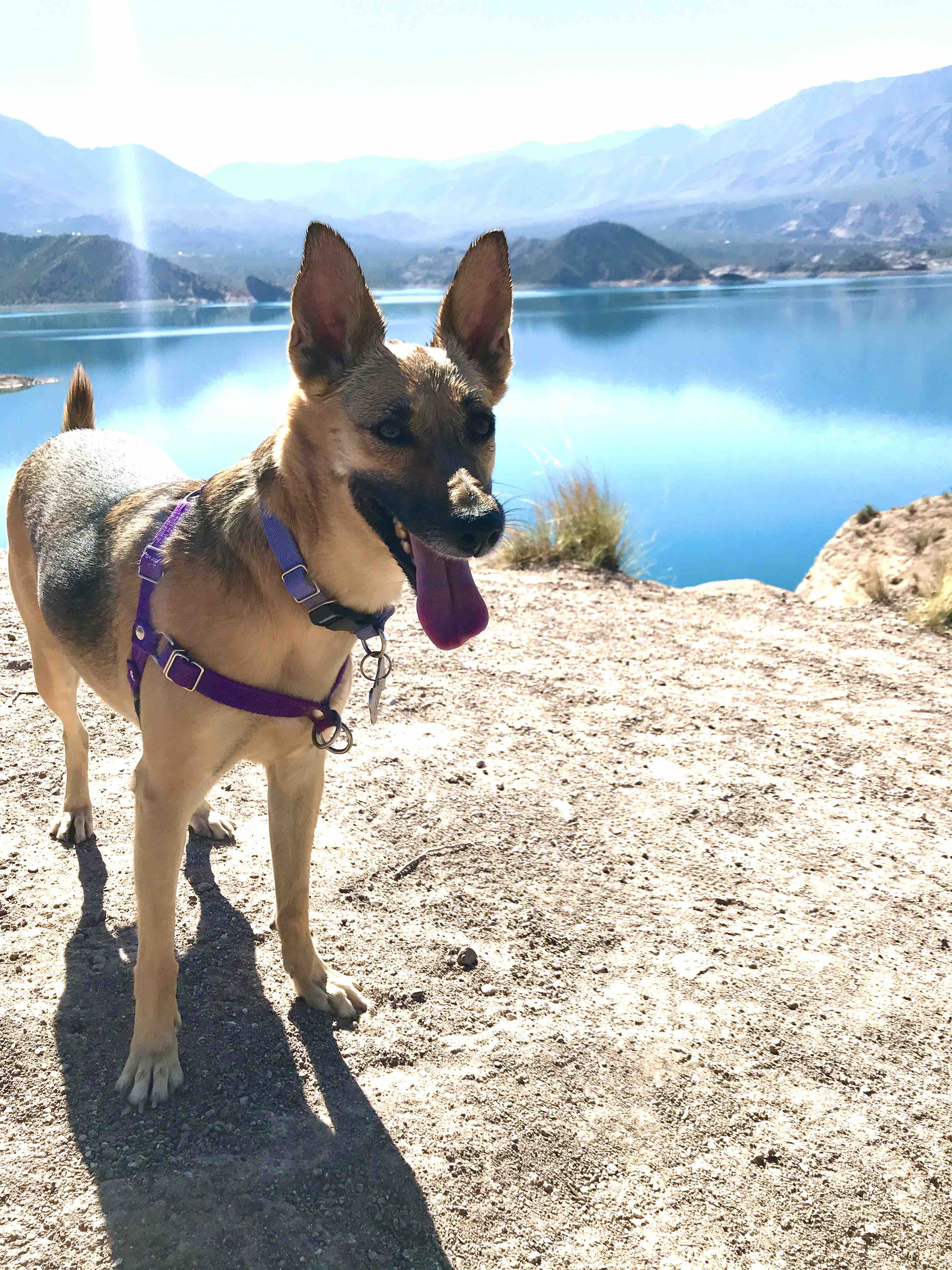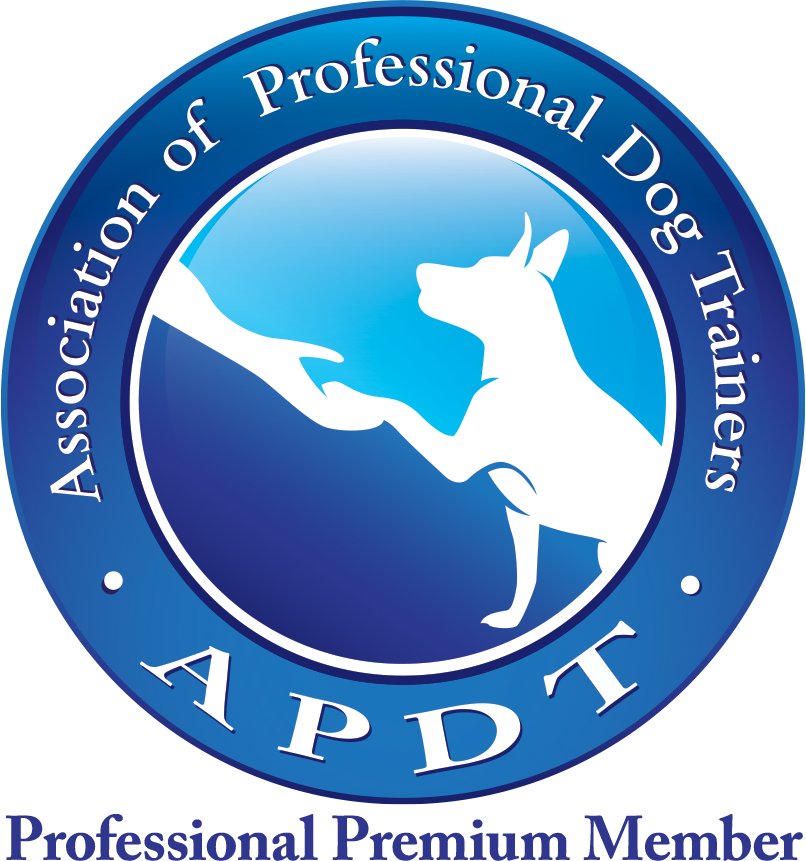I try to write my posts as unbiased as possible and recommend the products I consider to be useful and the best. I use affiliate links, this means that–at no extra cost to you–I can make a commission on a purchase you make after clicking on them. As an Amazon Associate I earn from qualifying purchases.
21 Spanish Dog Commands
to Teach your Pet
Using Spanish dog commands to train your pet can be both fun and effective. When you use a different language, the words have more meaning to your dog because they do not hear them in any other context.
Spanish commands are fairly popular mostly because it is the second most spoken language in the world (after Chinese), not because dogs understand this language, not even because the sounds are better for dogs.
You can actually use any other language to train your dog and practice it at the same time! We, humans, speak all the time but only sometimes we are speaking to our dogs. That is why using Spanish dog commands can help your dog pay attention, these will be words spoken ONLY when you are addressing him.
Find all the information you need on how to train your canine friend an obedience command in this helpful article: "Dog Training Commands".
Why teach your puppy Spanish dog commands?
Using a different language will make your commands stand out!
Dogs are not good at understanding words, although we can teach them a few. If you use a dog command in a different language like Spanish, then it will be easier for your pet to pick it out from your day to day words.
For example: if you teach your pooch the command "down" but you also use the word often to ask your kids to "get down" from the table! your furry friend will learn that "down" is not always a reliable word to respond to.
Using commands in Spanish will make them clear and your pet will know to respond to them!
Impress your family and friends!
You will be able to show off your pet's skills as well as your knowledge of a second language!
Imagine your canine friend trying to jump on your mother in law as she enters, and you confidently saying "Fido sentado". It will blow their mind away!
Then have fun telling them about other dog training commands in Spanish they can try on your pooch!
It's fun!
It will make your training time fun! This is a key element of a good dog training session. If you are having fun, are relaxed and paying attention to your furry friend. Both, you and your pet will enjoy the time together. Your hound will learn faster too!
Spanish dog commands list
Here is a list of dog commands in Spanish and English. Pick one and start having fun with your furry friend!
|
English Take-it Drop-it Watch Wait Go to your bed Heel Back-up Search/Find Still Fetch Stop Growl Attack |
Spanish Muy Bien! Sentado Échate Parado or Arriba Quieto Tómalo Suelta Déjalo Mirá Espera A la cucha! Aquí Junto Retrocede Buscá Estatua Trae Detente Ladrá Gruñe Atacá |
Recommended Positive Dog Training Tools
Positive dog trainers are known to use very little gadgets and tools. This is because we want training to be positive and won't use corrective leashes nor other corrective tools. We do use 3 very basic tools for dog training, here are my favorite ones:
The perfect treatThe perfect treat is small, yummy, healthy and easy to store just like Stewart Freeze Dried Dog Treats. Freeze dried treats are natural and easy to carry around without making a mess and dogs love them! |
The pouchProfessionals use treat pouches because they free your hands and help with timing. The best one have a magnetic clasp and a removable inner bag for easy washing like the Viklluyr Dog Treat Pouch. |
The clicker
This one is NOT an absolute must, but when you get to advanced training it will be a good tool to have. My favorite kind is a clicker ring, because it also keeps your hands free. Clicker training is fun! |
Is it effective to use spanish dog commands?
Do Spanish Dog Commands Work Better?
As mentioned above, simply speaking Spanish dog commands won’t automatically make your dog understand you better. What truly matters is how you teach your dog. Understanding solid dog training techniques is what helps your dog learn to connect a word, sound, or gesture with an action or behavior.
That said, using Spanish—or any language with sounds that stand out from your everyday speech—can actually help your dog discriminate between cues more clearly. The important thing is to always use words that sounds very different from each other. For example, in Spanish, you could say "Sentado", "Acostado" and "Parado" (meaning sit, down and stand). However, they all end with "ado" which makes it very hard for dogs to discriminate between them. Instead, I use "Sentado", "Abajo", and "Arriba" which all sounds very different from each other, but also mean (sit, down and stand).
Dogs Understand More Than Words
Dogs are primarily visual communicators. While humans rely on words and language, dogs communicate mostly through body language. That’s why teaching hand signals first, often helps puppies and young dogs learn faster. Visual cues give your dog an extra way to understand what you want, even in noisy or distracting environments.
I always recommend you teach your puppy hand signals first. Once your puppy can discriminate between 3-5 hand signals, start teaching those same cues with words instead.
Now you have a dog that understands both hand signals and cue words!
A Bilingual Dog Example

My dog, Callisto, understands English, Spanish, and hand signals—sometimes even redundantly! For instance, she responds to “Yes!”, “Good girl!”, and a clicker sound as marker cues. She also comes when I say “vení” or “come here.” I didn’t intentionally teach her all these variations, but living in a bilingual home, she naturally picked them up over time.
I started training Callisto as soon as I adopted her (she was 2.5 months old) and she is a super smart dog. I take her with me wherever I can, the picture is a trip to the lake, she can run around and go explore very far, but she always comes when I call her.
FAQs about spanish dog commands
What do Spanish people say to their dogs?
What do Spanish people say to their dogs?
People that speak Spanish may say different words depending on the country they live in. For example, in Argentina we say "Acostado" or "Abajo" for "Down, but in other Latin American countries they use "Echado".
What are the 8 most common Spanish dog commands?
What are the 8 most common Spanish dog commands?
The most common Spanish dog commands are "sentado" (sit), "Echado" (down), "Quieto" (stay), "Vení" (come), "Junto" (heel), "Muy bien!" (good dog), "Dejalo" (leave-it), "Buscá" (fetch or search).
How can I say "I love you" in dog language?
How can I say "I love you" in dog language?
My personal belief as a Certified Professional Dog Trainer and Neuroscientist is that the best way to say “I love you” to anyone (human or animal) — in any language — is to make the other individual feel safe. Safety is one of the core things we’re all looking for in everything we do (well, maybe except for extreme sports, which are looking for the opposite!).
If your dog likes to be petted, then pet them. If they want to stop the petting session, let them go. If they enjoy greeting everyone, let people say hello to your dog — but if your dog feels uncomfortable around strangers, respect that. Instead, teach them that you’re always watching out for them and will keep them safe.
If your dog feels safe around you, your dog feels loved and loves you back!
Ready to Train Your Puppy the Smart Way?
I’m Dr. Natalia Rozas, Certified Professional Dog Trainer and Neuroscientist.
The NeoPuppy Program combines 80+ short videos and 4 online private coaching sessions so you can train your puppy effectively and kindly, backed by science.
✅ Train at your own pace
✅ Personalized online guidance
✅ Results without stress or punishment
👉 Explore the NeoPuppy Program
If you would like to learn about more dog commands in Spanish, contact us and we will expand this ever growing list!
Train your dog in any language, if you speak spanish and would like some information from Spanish speaking dog trainers, you can visit Jescan a dog training school in Spain.








